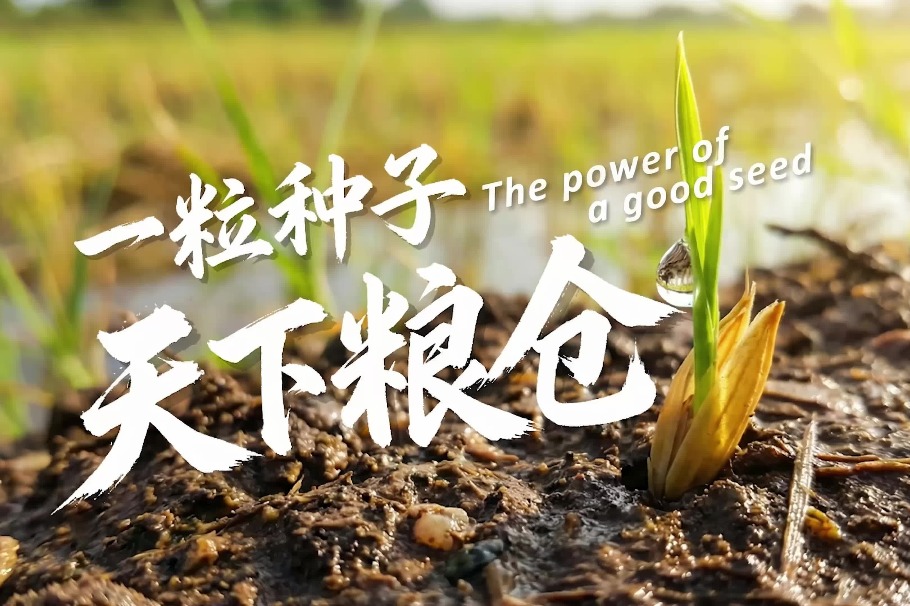Inner Mongolia puts grazing on hold for 45 days so green shoots can grow

HOHHOT — On a crisp morning in Xiliin Gol League of the Inner Mongolia autonomous region, herder Qimgee evenly spreads a mix of alfalfa and corn into the troughs to feed his cattle during the spring grazing moratorium.
April is a crucial time for grass to sprout across the region, but the tender shoots, with their shallow roots, are highly vulnerable to early grazing.
To protect the fragile ecosystem, vast areas of pastureland in Inner Mongolia have entered a designated grazing suspension.
In Xiliin Gol, the grazing ban began on April 1 and will last for 45 days. To support herders during this period, local authorities will provide subsidies of about $2.40 per hectare to help offset the cost of fodder and encourage compliance with the policy.
"In the past, spring grazing meant our cattle would quickly chew down the tender shoots. This scientific approach gives the grasslands a chance to grow lush and strong," said Qimgee, who manages more than 100 hectares of grassland and owns over 20 cattle.
To improve the policy's effectiveness, the league has introduced a "differential grazing moratorium" tailored to the climate and vegetation conditions of different areas this year.
This allows the duration of the ban to be adjusted according to local environmental needs.
Xiliin Gol was the first area in Inner Mongolia to implement the spring grazing moratorium with subsidies in 2018. The policy has since been expanded to the entire region as of last year.
"I have stocked up on various types of fodder, including alfalfa, corn, soybeans and bran, to ensure my livestock get enough nutrients during the moratorium," said Jerennig, a herder in Ordos city, where 355 hectares of grassland have been placed under a three-month grazing ban since April 1.
Inner Mongolia, home to some of China's most iconic grasslands, has long faced challenges such as desertification and salinization due to overgrazing, drought and other factors.
Thanks to integrated efforts, such as the grazing ban, incentive policies for grassland protection and initiatives focused on restoring degraded vegetation and soil in the grasslands, the region has made significant progress in reversing this trend.
Xinhua
Today's Top News
- US arms sales to Taiwan a dangerous gambit: Editorial flash
- Taiwan opposition lawmakers announce plan to impeach Lai Ching-te
- Boosting consumption will be key in 2026
- No one should remain silent accomplice of racism
- Hainan FTP opens fast lane
- Visa-free measures spur surge in visitors






























